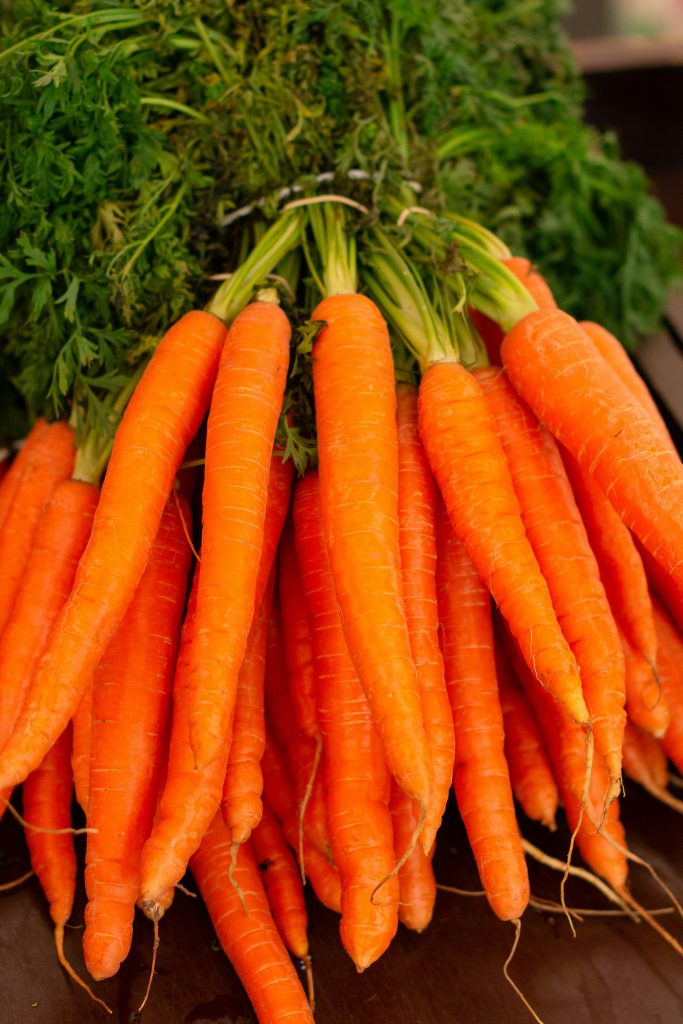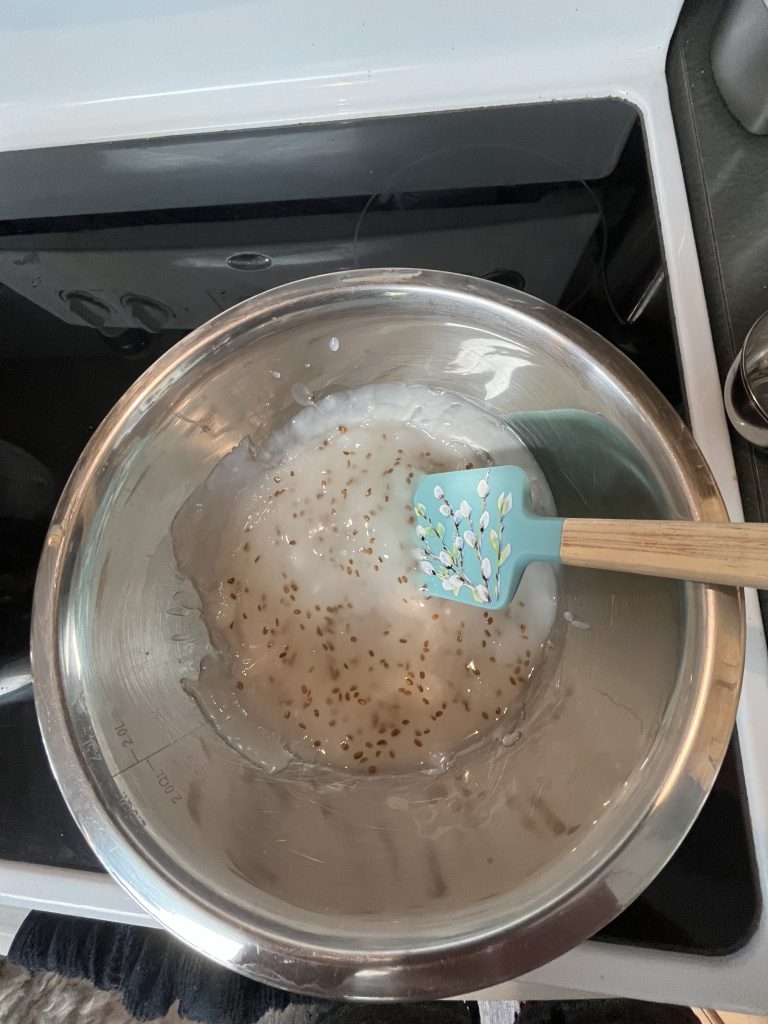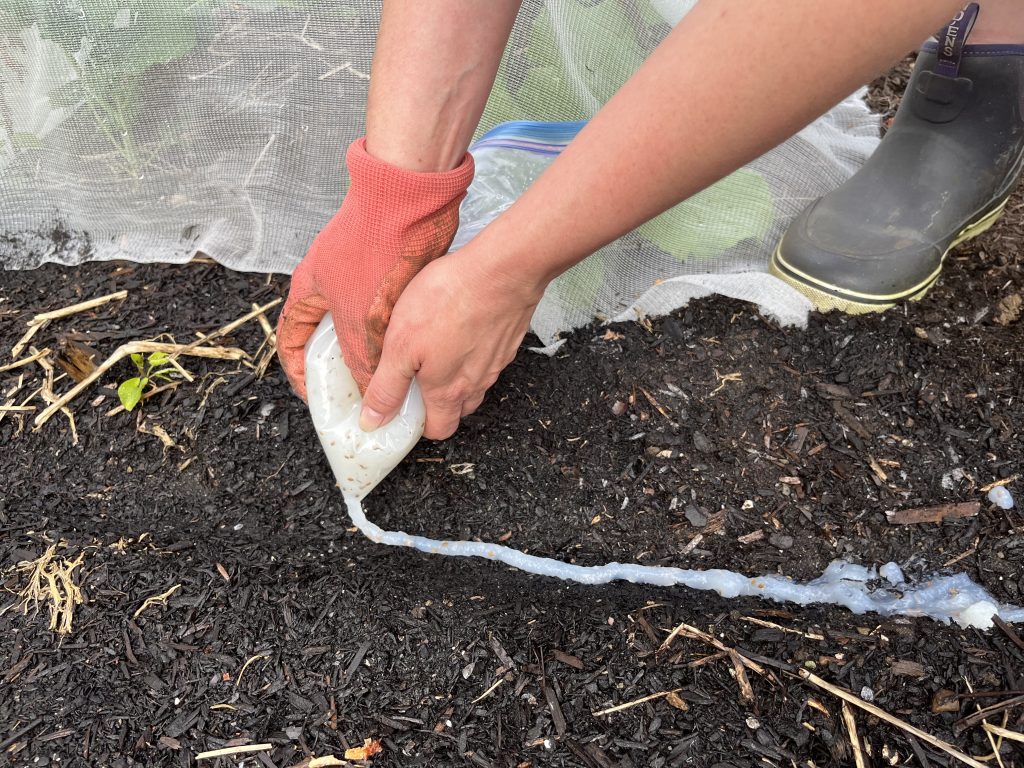How To Grow Carrots in Corn Starch
Carrots, a root vegetable celebrated for their vibrant color and crisp texture, have a rich history and impressive nutritional profile. Originally cultivated in Persia, modern-day Iran and Afghanistan, carrots were initially grown for their aromatic leaves and seeds rather than their roots. The familiar orange carrot we know today was developed by Dutch growers in the 17th century. Over the centuries, carrots have become a staple in diets worldwide, prized for their versatility and health benefits. This article will discuss how to grow carrots as well as provide additional insight into their nutritional profile.

Nutritional Profile of Carrots
Carrots are packed with essential nutrients. They are an excellent source of beta-carotene, a precursor to vitamin A, which is vital for maintaining good vision, skin health, and a robust immune system. Additionally, carrots provide a significant amount of dietary fiber, which aids digestion and helps maintain a healthy weight. They are also rich in antioxidants, vitamins C, K, and B, as well as folate, potassium, iron, copper and manganese.
Preparing to Grow Carrots: Soaking Seeds
For those eager to learn how to grow carrots, starting with proper seed preparation is crucial. Carrot seeds have a tough outer shell that can make germination slow and uneven. To improve germination rates, soak the seeds in water for 24 to 48 hours before planting. This soaking process helps soften the seed coat, making it easier for the seed to sprout.
Steps for Soaking Carrot Seeds
1. Measure the Seeds: Decide how many carrot seeds you need based on the size of your garden.
2. Prepare the Water: Use a bowl filled with room temperature water.
3. Soak the Seeds: Place the carrot seeds in the water and let them soak for 24 to 48 hours.
4. Dry the Seeds: After soaking, drain the water and spread the seeds on a paper towel to dry for a few hours.
Creating a Cornstarch Slurry Gel
An innovative method to plant carrot seeds involves using a cornstarch slurry to create a gel. This technique ensures even distribution of seeds, eliminating the need for thinning later on.
Making the Cornstarch Slurry
1.Ingredients: You will need 1 cup of water and 1 tablespoon of cornstarch per pack of carrot seeds.
2. Mix the Slurry: In a small saucepan, combine the water and cornstarch. Stir continuously over medium heat until the mixture thickens into a gel-like consistency. This usually takes about 3-5 minutes.
3. Cool the Gel: Once thickened, remove the saucepan from heat and allow the gel to cool completely. Cooling is essential to avoid damaging the seeds.

Incorporating Carrot Seeds into the Gel
1. **Prepare the Seeds**: Ensure the carrot seeds are dry and ready.
2. **Mix the Seeds**: Once the gel is cool, add the carrot seeds to the slurry. Stir the mixture thoroughly to ensure the seeds are evenly distributed throughout the gel.
How to Grow Carrots with the Gel
Using a cornstarch slurry gel to plant carrot seeds can streamline the planting process and ensure a more uniform crop.
Steps for Planting
1. Fill a Ziplock Bag: Carefully pour the seed and gel mixture into a large ziplock bag. Seal the bag tightly.
2. Cut the Corner: Snip a small corner off the ziplock bag to create a makeshift piping bag.
3. Prepare the Soil: Ensure your garden bed is well-tilled and free of stones and debris. Carrots prefer loose, sandy soil with good drainage.
4. Pipe the Seeds: Squeeze the gel mixture in rows directly onto the prepared soil. The rows should be spaced about 1-2 inches apart.
5. Cover and Water: Lightly cover the gel mixture with soil and water gently to settle the soil around the seeds.

When to Harvest Carrots
Carrots typically take between 70 to 80 days to mature, depending on the variety. They are ready to harvest when they reach a desirable size, usually when the shoulders of the carrots start to emerge from the soil.
Signs that Carrots are Ready to Harvest
1. Color: The carrot tops will show vibrant color, indicating ripeness.
2. Size: Carrots should be around 1/2 to 1 inch in diameter.
3. Testing: Gently pull one carrot to check its size and flavor.
To harvest, loosen the soil around the carrot with a garden fork or spade, then gently pull the carrot from the ground by the tops.
Best Ways to Enjoy Carrots
Carrots are a versatile vegetable that can be enjoyed in many ways:
1. Raw: Enjoy fresh, crisp carrots as a snack, in salads, or with dips.
2. Cooked: Steam, roast, or sauté carrots to enhance their natural sweetness.
3. Soups and Stews: Add carrots to soups and stews for flavor and nutrition.
4. Baking: Incorporate carrots into baked goods like carrot cake or muffins.
5. Juicing: Make carrot juice or add them to smoothies for a nutritious drink.
In conclusion, growing carrots is a rewarding endeavor that begins with proper seed preparation and innovative planting techniques. By soaking the seeds, using a cornstarch slurry, and piping the seed mixture into rows, gardeners can achieve an even and bountiful harvest. Enjoy the fruits of your labor by incorporating these nutritious vegetables into your diet in a variety of delicious ways. Now you know how to grow carrots from seed. Happy gardening!
